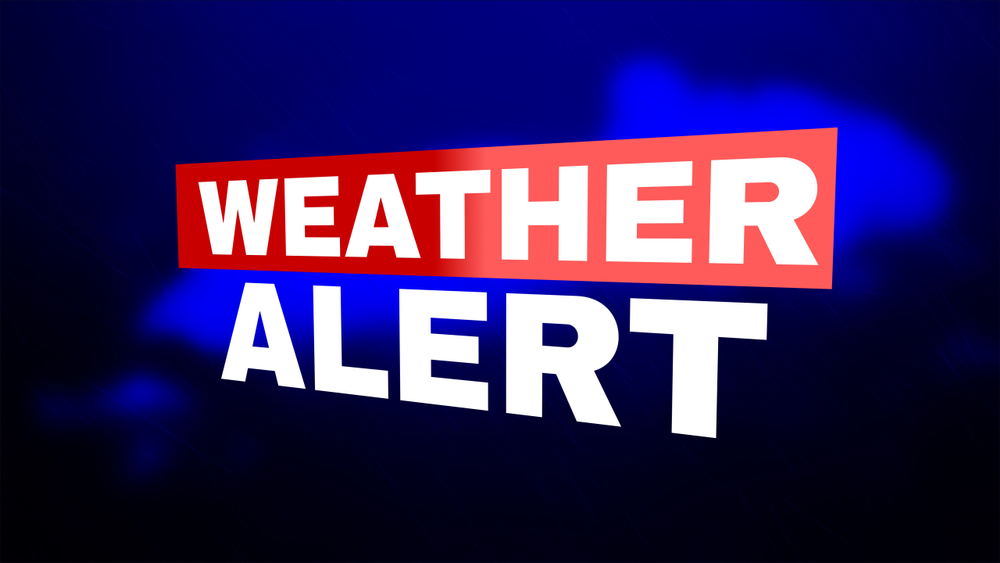As organizations invest time and energy in fighting cyber criminals, it can be easy to overlook the threat of natural disasters. But according to the Environmental Protection Agency (EPA), extreme weather events may be on the rise — both in severity and frequency. When an event impacts your network or electrical infrastructure, the downtime can cost thousands per hour.
The good news is you can create a business continuity plan that keeps your operations resilient, no matter what nature tosses your way. Here are the steps you can take to start building an effective continuity plan today.
1. Perform an Impact Analysis and Risk Assessment
Your first step is to figure out how a natural disaster or extreme weather event may affect you, and this is where an impact analysis and risk assessment come into play.
A risk assessment outlines the kinds of events you may be susceptible to, and this often depends on your geographical location. For example, companies in Northern California may be more susceptible to wildfires than those in downtown Boston. Similarly, a Boston company could be more likely to get hit with a power outage after a winter storm than one in San Francisco.
An impact analysis focuses on what would happen to your company if a risk event occurred. This varies according to your operational infrastructure and internal governance policies.
For instance, a fulfillment company without a backup generator may suffer more than a networking company down the road with a supplemental power system — even if they get hit by the same snowstorm.
2. Engineer Your Business Continuity Plan
Your business continuity plan centers around ensuring your most business-critical components remain up and running — or return to operation as soon as possible — during a natural disaster or weather event.
Similar to impact analysis, each continuity plan is unique. Effective continuity plans may include:
- Backup storage systems that make business-critical data available if primary storage loses power or gets damaged
- Redundant servers that can provide data to customers, systems, or internal staff if an event impacts the main server
- Work from home or bring your own device (BYOD) plans that empower employees to keep working even if a weather event makes it impossible to go into the office
- Backup power systems you can spin up if you lose main power in your office during a weather incident or disaster
- Cloud-based operational software employees can use to do their work if an on-premise server gets hit by weather events
3. Design a Communication System
Your communication system for natural disasters should focus on ensuring all stakeholders can get the info they need to stay safe and maintain operations — to the fullest extent possible.
For some companies, this may involve communication chains that start with upper management, executives, or disaster response managers, who then reach out to others to make sure they’re OK and understand what’s going on.
For other organizations, an automated email-based communication system works best. With this kind of solution, one or a few people can send out a single email to all employees, letting them know how the company is reacting to a weather event.
It’s also common for a communications system to incorporate reaching out to disaster management authorities, letting them know how they can help or the status of employees in danger.
4. Devise a Supply Chain Management System
A supply chain management system, in the context of adverse natural events, often focuses on how to manage incidents that impact suppliers, such as those in disaster-prone areas.
Here’s how to set up a supply chain continuity plan, step-by-step:
- Pinpoint the suppliers and vendors that are most likely to get hit by natural disasters.
- Issue brief surveys asking them to outline how they would handle different kinds of events and the kinds of downtime they anticipate.
- Based on the survey responses, identify secondary and tertiary vendors, as necessary, focusing on those in areas that are unlikely to get hit with the same natural events.
- Reach out to these suppliers and be transparent regarding the role they’d play before, during, and after an incident. In this way, they can prepare to handle your business if an incident is going to occur or has already struck.
Start Bolstering Your Continuity Plan Now
By taking the above steps, you can weather a wide range of storms. Be sure to test your systems on a regular basis. This includes your supply chain resilience plan, which you can test by reaching out to alternative vendors and asking them about their production capabilities and service delivery times during hypothetical drills.
To ensure your company establishes the most effective business continuity plan, especially for your digital infrastructure, you can rely on Robust Network Solutions. Learn more by reaching out today.

